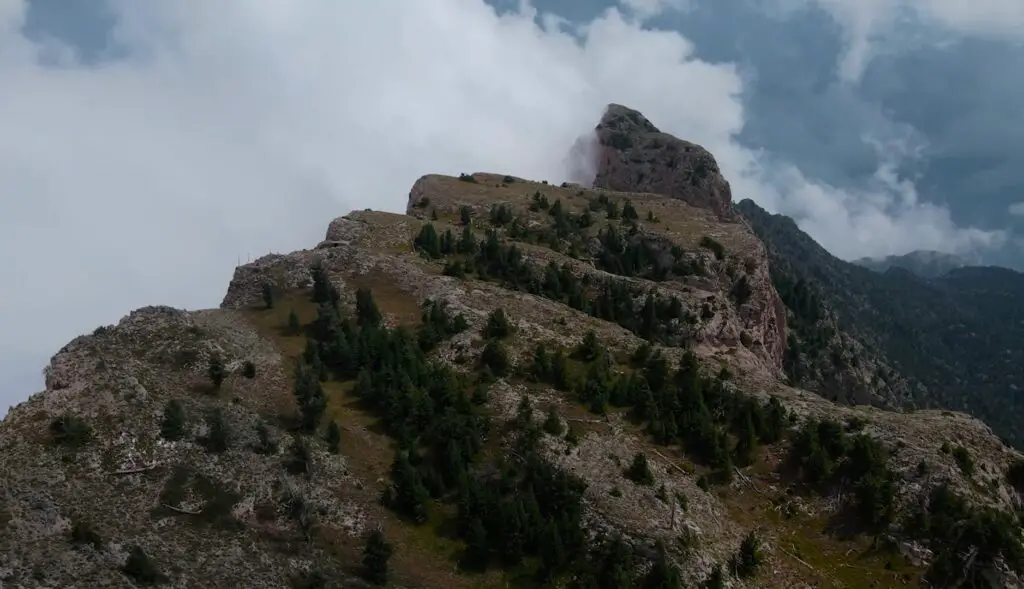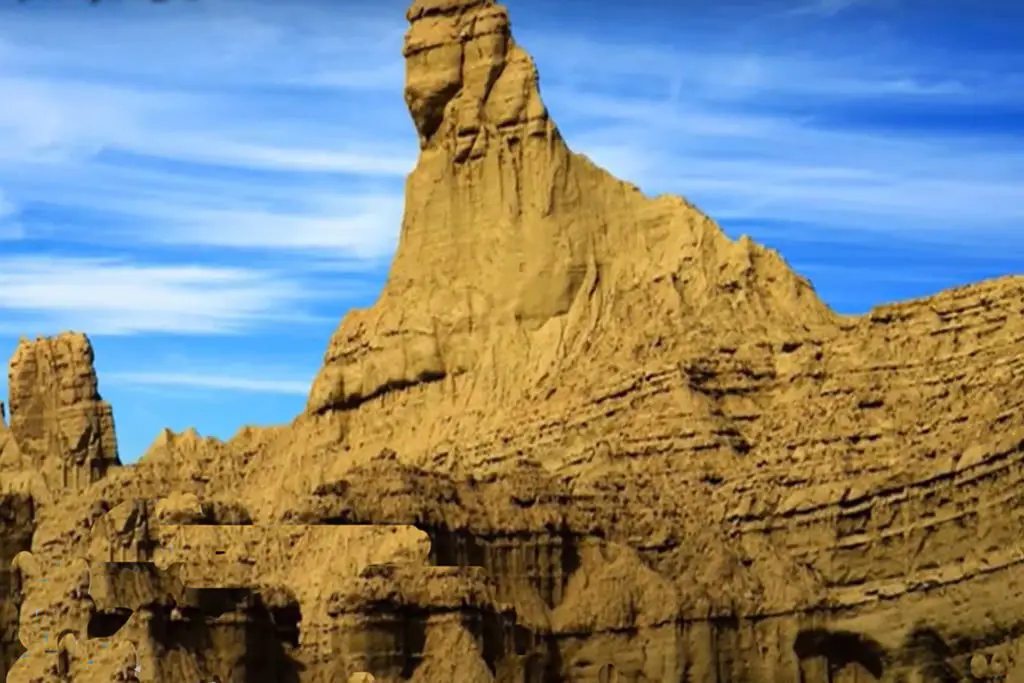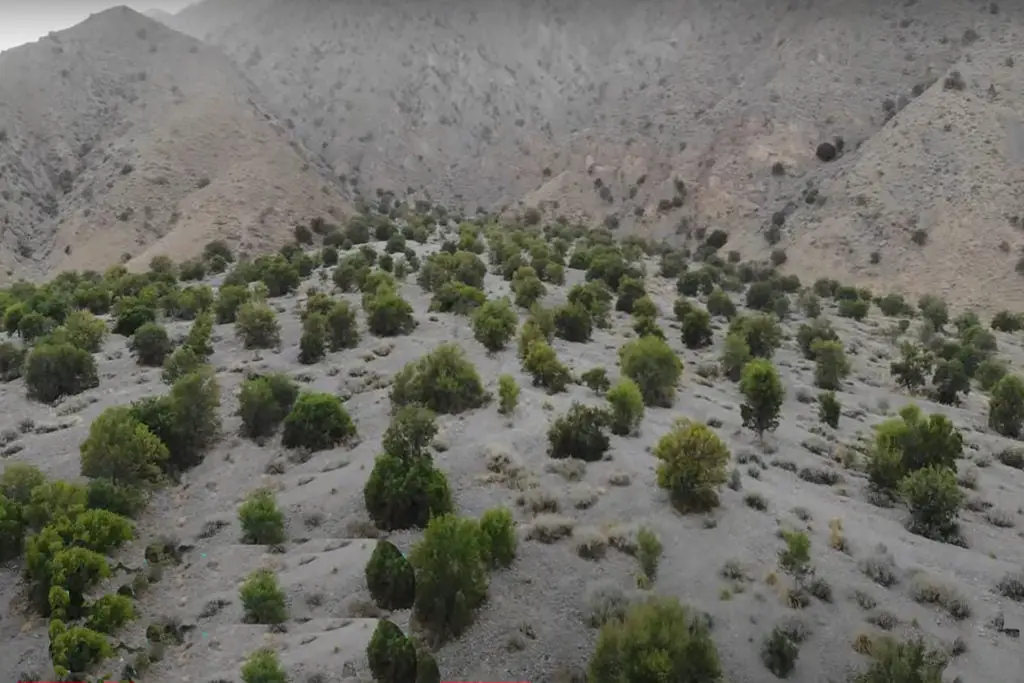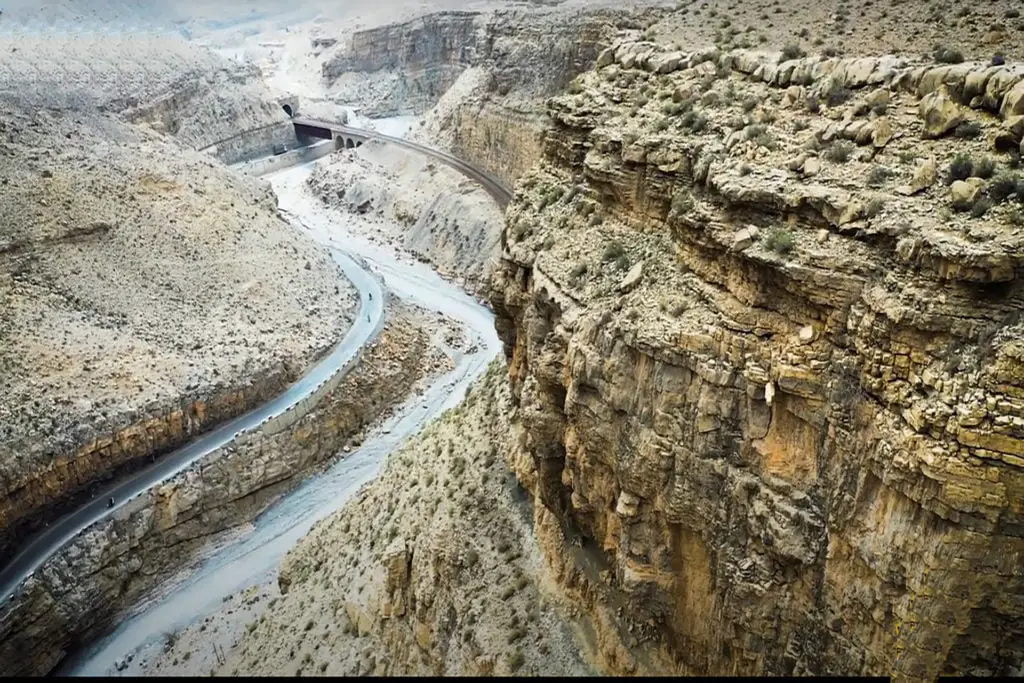Nestled within the rugged embrace of the Sulaiman Mountains, near the enchanting town of Darazinda in the Dera Ismail Khan Subdivision of Khyber Pakhtunkhwa, Pakistan, stands a peak of exceptional grandeur and historical significance – Takht e Sulaiman. This majestic peak, which translates to “Throne of Solomon” in Pashto, is a true testament to nature’s splendor and human imagination.
History of Takht e Sulaiman
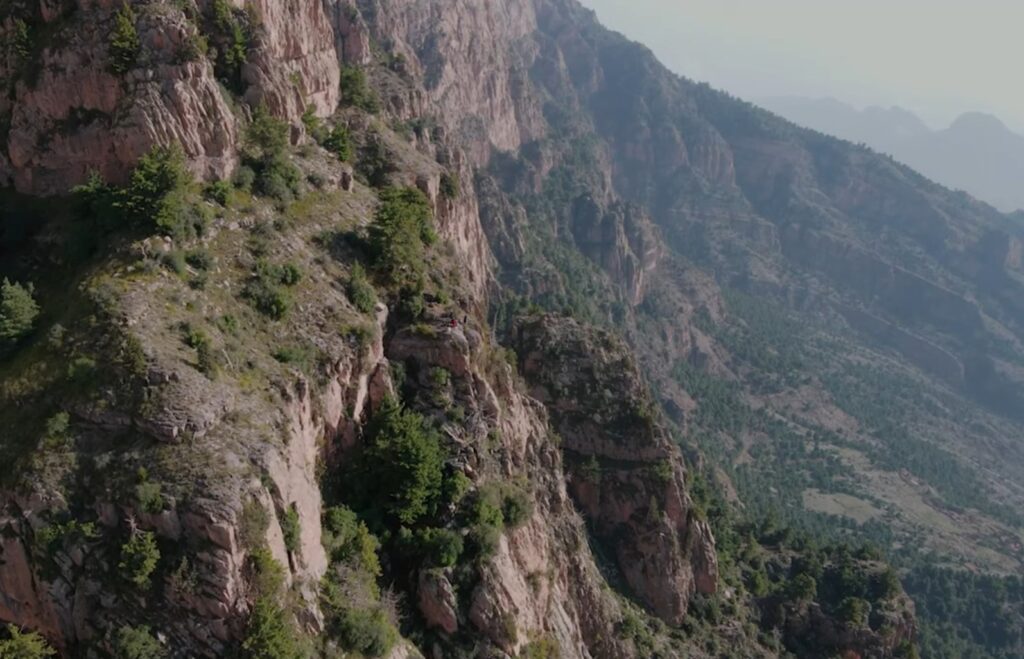 The history of Takht e Sulaiman dates back thousands of years. The mountain has been a site of religious significance for many cultures, with ancient temples and shrines located on its slopes. It is believed that the mountain was also a site of pre-Islamic worship, and was later associated with the Islamic prophet Hazrat Sulaiman A.H. (Solomon) in the 7th century.
The history of Takht e Sulaiman dates back thousands of years. The mountain has been a site of religious significance for many cultures, with ancient temples and shrines located on its slopes. It is believed that the mountain was also a site of pre-Islamic worship, and was later associated with the Islamic prophet Hazrat Sulaiman A.H. (Solomon) in the 7th century.
In addition to its religious significance, Takht e Sulaiman has also played an important role in the political and military history of the region. The mountain was the site of several battles during the British colonial era, and was also a key location in the Soviet-Afghan War in the 1980s.
A Glimpse into the Geography
Rising proudly to an impressive altitude of 3,487 meters (11,440 feet), Takht-e-Sulaiman proudly claims the title of the highest peak in both the Dera Ismail Khan District and the broader Shirani region. Its location at the crossroads of Dera Ismail Khan Subdivision’s borders with South Waziristan and Zhob, Balochistan, only adds to its geographical allure.
Legends that Echo through Time
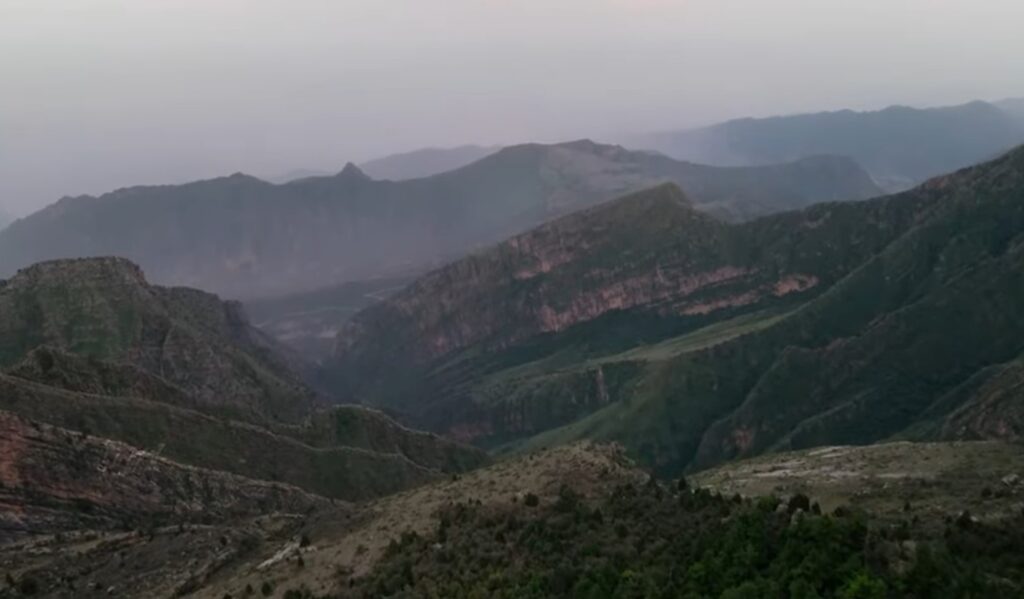
The peak’s name evokes not only its geographical prominence but also echoes the mythical resonance of King Solomon, one of the most illustrious figures in the annals of human history. According to a legend passed down through generations, the medieval explorer Ibn Battuta recounted a tale that places King Solomon atop Takht e Sulaiman.
From this lofty vantage point, he gazed upon the vast expanse of Hindustan, a land shrouded in darkness. Intriguingly, it’s said that Solomon departed without descending into this new realm, leaving behind only the mountain that now bears his name.
Another captivating legend connects the peak to the legendary ancestor of the Pashtun people, Qais Abdur Rashid. It is believed that he rests atop Takht e Sulaiman, lending the peak the local Pashto moniker “Da Kasī Ghar,” meaning the “Mountain of Qais.” This fusion of history, mythology, and cultural identity adds a layer of mystique to the already enchanting peak.
Summit to Takht e Sulaiman Peak
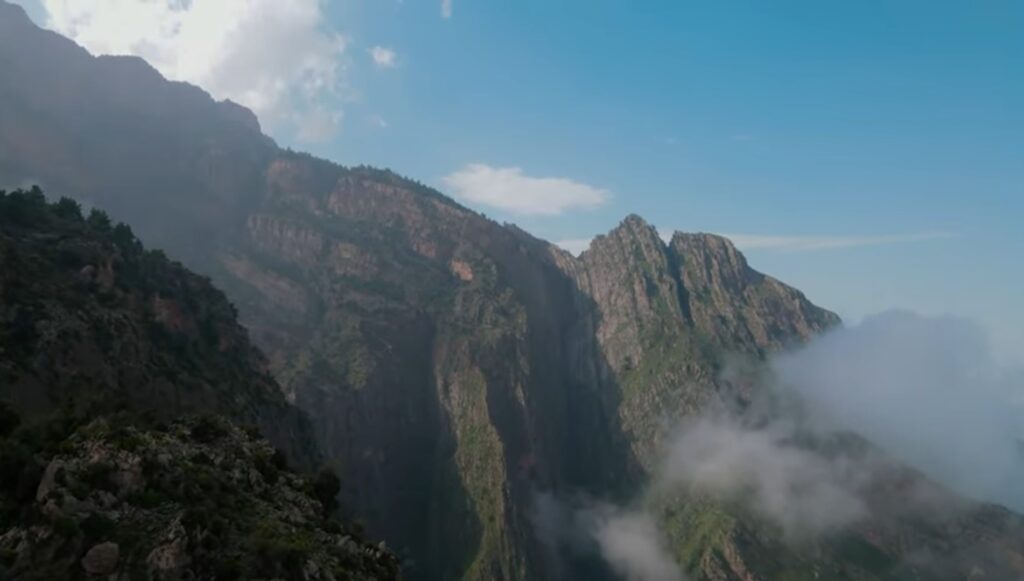
The journey to Takht e Sulaiman begins with a bold step onto a rugged path, where the initial trail is composed solely of stones, a testament to the raw, untamed nature of the surroundings. This is no well-trodden pathway; rather, it is a passage that winds its way through the heart of the mountains, untouched by the hand of modern development. Along this remarkable route, the homes of mountain dwellers stand as silent witnesses to the coexistence of humanity and the formidable landscape.
As the journey unfolds, a particular segment of the trek, known as the “Tabak Steep,” emerges as a formidable challenge. This stretch demands unwavering focus and caution, for its steep incline and treacherous nature require every ounce of determination. Venture forth with deliberate steps, adhering closely to the established path. The call for shortcuts is tempting, yet remember that one misstep can spiral into unforeseen consequences. The trail’s narrowness serves as a constant reminder of the fine line between safety and peril.
The path to the Takht e Sulaiman base camp, nestled in the embrace of Punga Village, spans a demanding three-hour journey. This leg of the expedition showcases nature’s unadulterated beauty, with each stride carrying you deeper into the heart of the wilderness. Punga Village, a temporary haven, offers a moment to rest and gather strength before embarking on the final ascent.
The ascent from Punga Village to the peak of Takht e Sulaiman unfurls over a span of six to eight arduous hours. Every step taken carries you higher, closer to the heavens, and further from the comforts of civilization. As the terrain shifts beneath your feet, a unique point on the trail heralds a transition from the province of Khyber Pakhtunkhwa into the realm of Balochistan. This juncture of regions underscores the transcendent power of the journey, a convergence of cultures, landscapes, and experiences.
Yet, the thrill of this adventure comes paired with a stark reality. The perilous nature of the terrain cannot be understated, with sections so narrow that they accommodate only a single footfall. Each step requires utmost care, and the weight of your every move is amplified by the gravity of the precipice that lies just beyond. Such a precarious passage serves as a poignant reminder of the fragility of life and the unforgiving majesty of nature.
Upon reaching the pinnacle, an unassuming mosque graces the mountaintop, a testament to the human spirit’s ability to transcend adversity and reach for the divine. Here, at this sacred summit, the journey’s trials and tribulations yield to a sense of awe and accomplishment that can only be earned through sweat, determination, and unwavering perseverance.
In the end, the trek to Takht e Sulaiman is not merely a physical undertaking; it is a voyage of the soul. It’s a sojourn that challenges limits, unites landscapes, and connects cultures. It’s a pilgrimage to the heart of nature’s grandeur and the human spirit’s resilience. So, when embarking on this extraordinary expedition, tread with care, embrace the challenges, and let the summit of Takht e Sulaiman become a part of your own remarkable narrative.
A Testament to Biodiversity and Natural Beauty
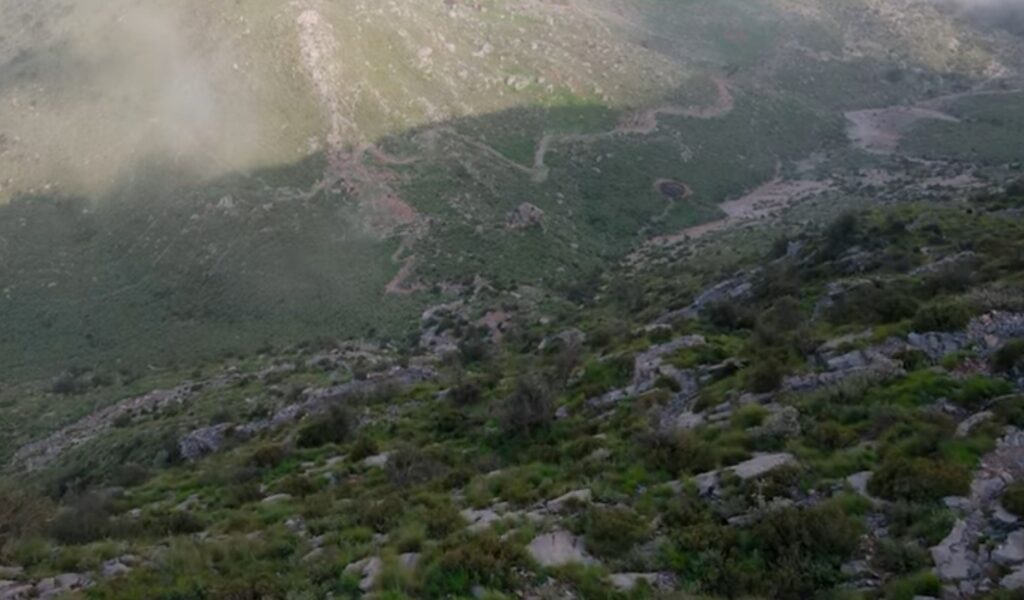
Takht e Sulaiman is not merely a silent witness to history; it is also a thriving ecosystem. Olive groves and pine-nut (chalghoza) forests carpet its slopes, painting a picture of serene beauty against the backdrop of rugged terrain. The peak is home to a diverse range of wildlife, including markhors, wolves, rabbits, eagles, and partridges. These creatures, adapted to their high-altitude habitat, add life and vitality to the landscape.
Intriguingly, the region has also drawn the attention of royalty from the Gulf Arab states, who come to indulge in the age-old tradition of hunting precious birds. This interplay of nature and culture weaves a captivating tapestry that resonates through time.
Today, Takht e Sulaiman is a popular destination for hikers and climbers, offering stunning views of the surrounding landscape and a unique glimpse into the region’s rich history and culture. The weather in the area can be extreme, with hot summers and cold winters, so visitors should plan accordingly and be prepared for changing weather conditions.
Hiking to the summit of Takht e Sulaiman can take several hours and requires a moderate level of fitness. The trek is considered challenging due to the steep incline and rocky terrain, but the panoramic views from the summit make it well worth the effort.
Takht-e-Sulaiman: Where History and Nature Converge
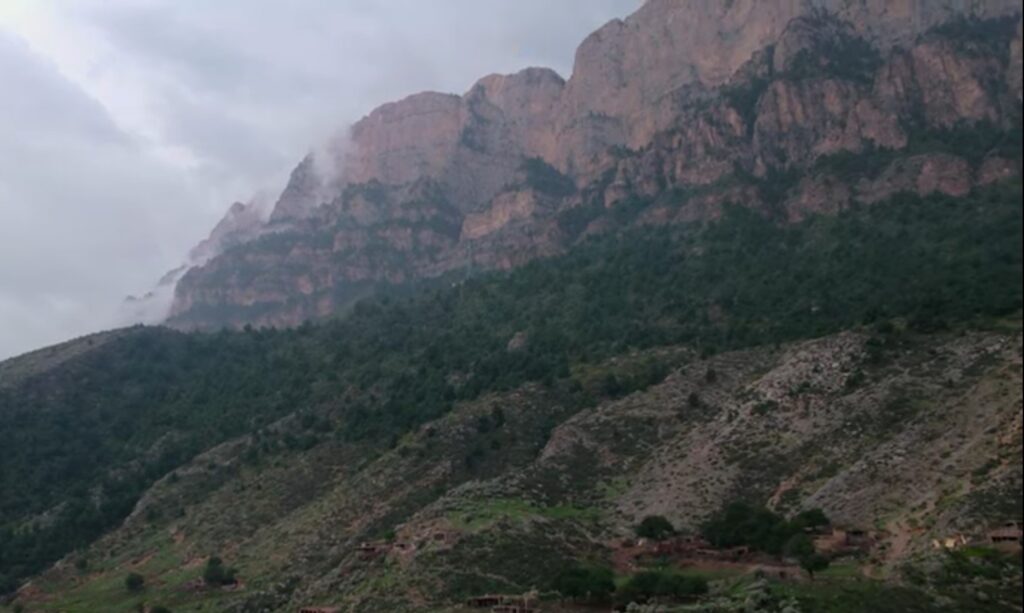 As the sun rises and sets over Takht e Sulaiman, it casts a golden glow upon the peak, illuminating the layers of history, legend, and natural beauty that converge upon its slopes. It stands as a silent sentinel, a reminder of the powerful stories and cultural heritage woven into its fabric.
As the sun rises and sets over Takht e Sulaiman, it casts a golden glow upon the peak, illuminating the layers of history, legend, and natural beauty that converge upon its slopes. It stands as a silent sentinel, a reminder of the powerful stories and cultural heritage woven into its fabric.
Today, as travelers and adventurers explore the pathways that lead to its summit, they tread in the footsteps of legends and follow the call of curiosity. Each step taken on this sacred soil brings them closer to the heart of Pakistan’s rich history and the enduring bond between humans and the land they inhabit.
Whether it’s the tales of Solomon’s gaze across the land or the resting place of Qais Abdur Rashid, Takht e Sulaiman continues to inspire awe and wonder. Its magnetic allure draws those who seek to immerse themselves in the untamed beauty of nature while tracing the threads of history and myth that intertwine at this magnificent peak.
In addition to hiking, visitors can also explore the many historical and cultural sites located on the mountain, including the Ziarat Saraiki shrine and the remains of an ancient Hindu temple complex. These sites offer a fascinating glimpse into the region’s rich cultural heritage and the many influences that have shaped its history.
In conclusion, Takht e Sulaiman is a unique and fascinating destination that offers a rich blend of natural beauty, history, and culture. With its stunning views, challenging hiking trails, and important historical sites, it is a must-visit destination for anyone traveling to Balochistan province in Pakistan.

